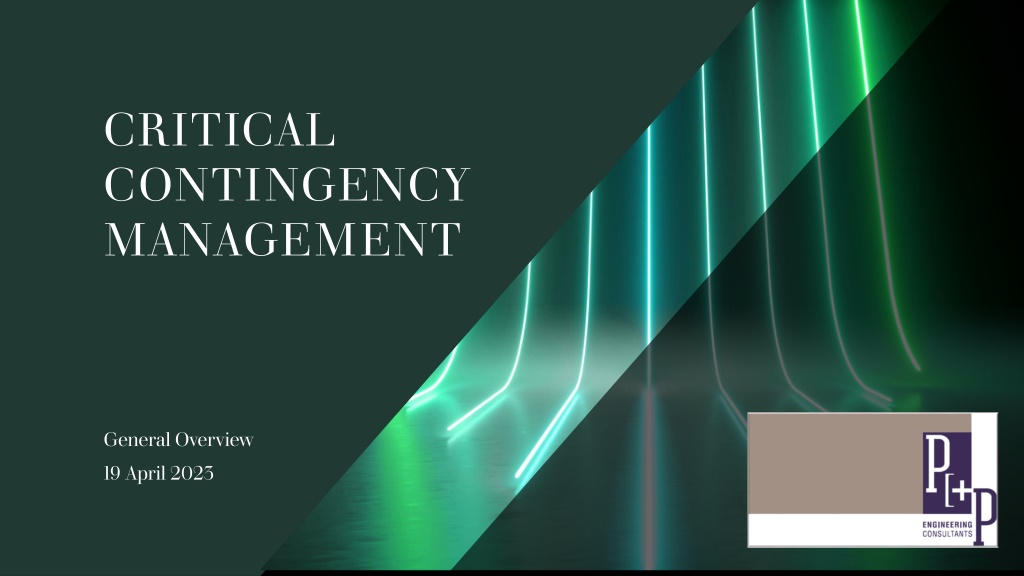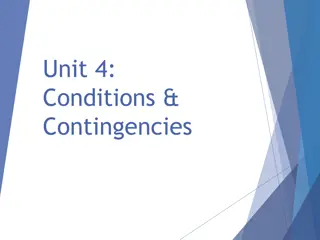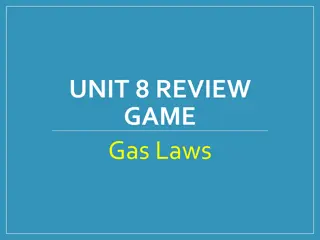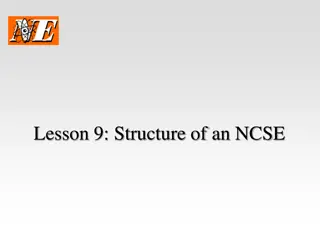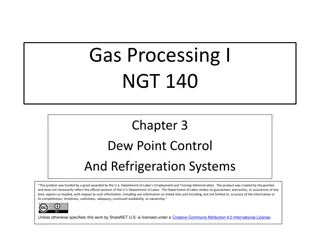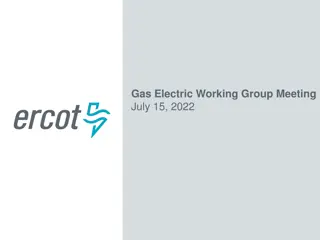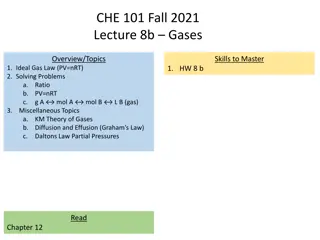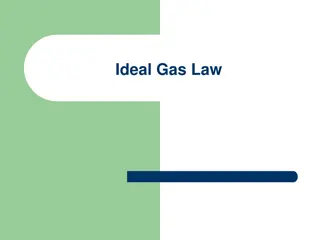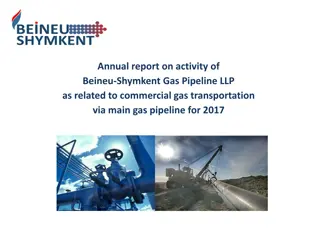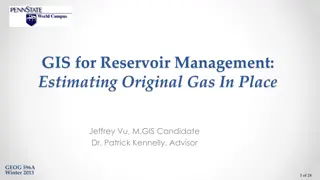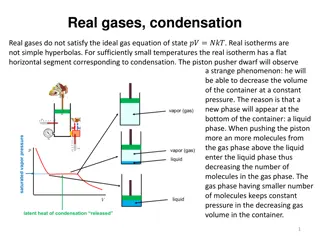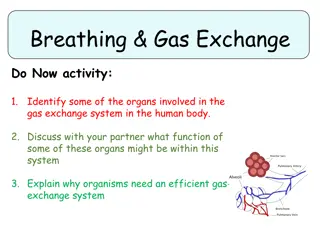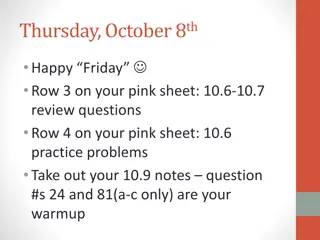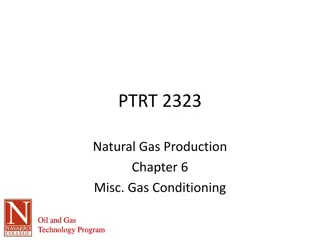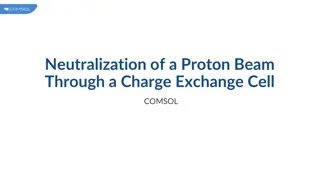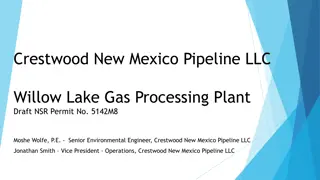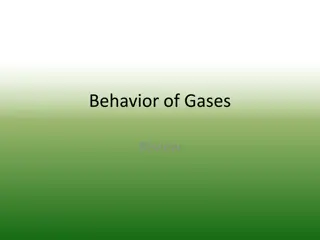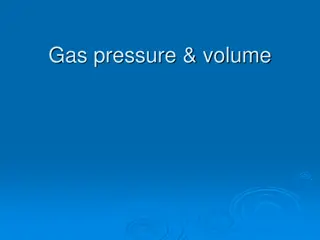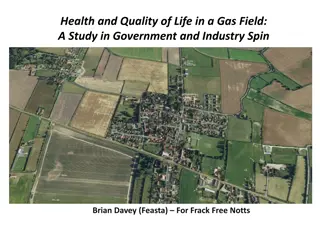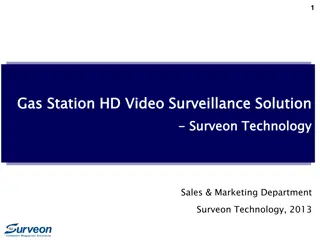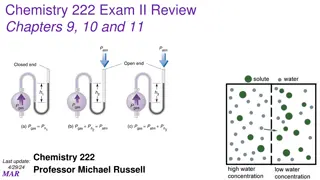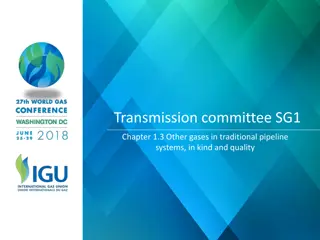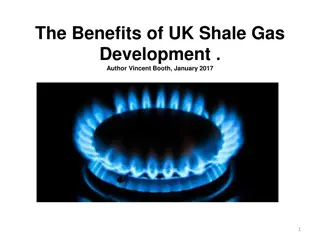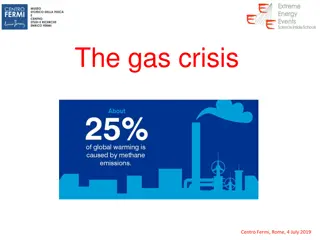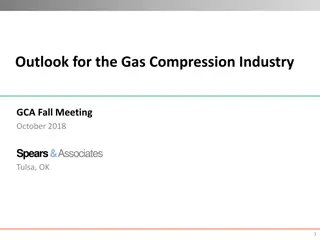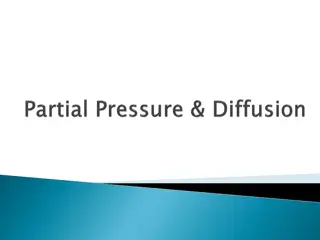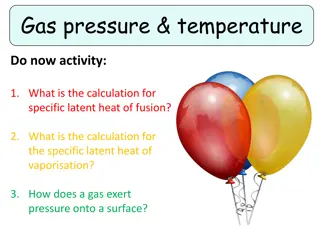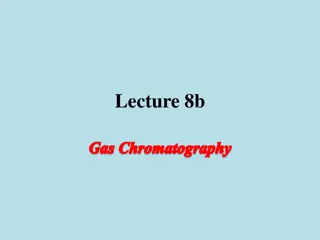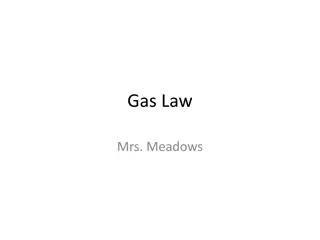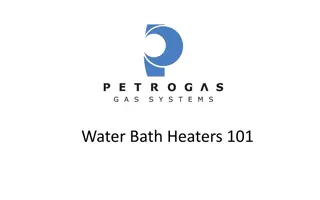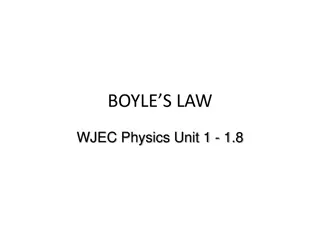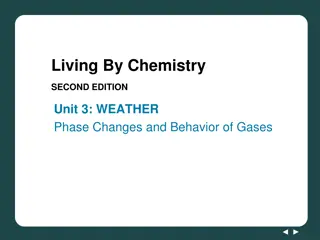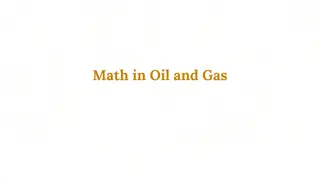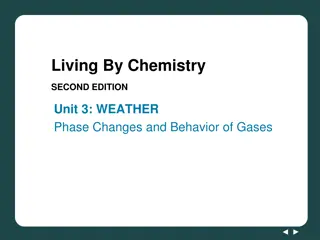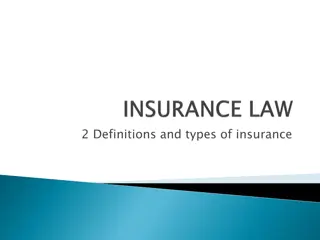Understanding Critical Contingencies in Gas Management
Critical Contingencies in gas management refer to situations like gas shortages relative to demand that cannot be resolved through standard industry processes. This overview covers the definition, regulations implemented, when they occur, how they are fixed, and the responsibilities involved. It emphasizes the need for clear regulations, coordinated industry responses, and the protection of the gas system during such emergencies.
Download Presentation

Please find below an Image/Link to download the presentation.
The content on the website is provided AS IS for your information and personal use only. It may not be sold, licensed, or shared on other websites without obtaining consent from the author. Download presentation by click this link. If you encounter any issues during the download, it is possible that the publisher has removed the file from their server.
E N D
Presentation Transcript
CRITICAL CONTINGENCY MANAGEMENT General Overview 19 April 2023
What are they? Critical Contingencies Why do we have Regulations? When do they occur? How are they fixed? Who is required to act? What are they required to do? How do we prepare? Where do you get more information?
WHAT What are Critical Contingencies?
A CRITICAL CONTINGENCY IS: a shortage of gas relative to demand that can t be resolved through standard industry processes typically associated with production or transmission system failure Gas consumers can t be automatically switched off to reduce demand (unlike electricity) It s expensive and time consuming to reinstate a gas network if the pressure drops too low.
WHY Why do we have regulations for Critical Contingencies?
The Regulations assign clear responsibilities and stipulate a process with associated timeframes to ensure a co-ordinated industry response. 2008 2014 Gas Governance (Critical Contingency Management) Regulations 2008 introduced Regulations were amended in 2014 Major Critical Contingency on the Maui pipeline 2011 2011
WHEN When do Critical Contingencies occur?
Gas production has an unplanned outage When Transmission system pressure drops, or is expected to drop, below a threshold A physical problem with the gas transmission pipeline system Supply can't keep up with demand
Transmission pipeline thresholds
HOW How are Critical Contingencies resolved?
The system must be protected while the supply problem is fixed through: Curtailment of consumers. and/or Supply of more gas if it is available and will help the situation.
Consumer Curtailment Bands Band Consumption Description 0 Any Gas Storage 1 >15 TJ/day Consumers with alternative fuel capability supplied directly from the transmission system 2 >15 TJ/day Consumers without an alternative fuel capability supplied directly from the transmission system 3 >10 TJ/annum up to 15 TJ/day Large industrial and commercial consumers 4 >250 GJ/annum up to 10 TJ/annum >2 TJ/annum Medium industrial and commercial consumers 5 Essential services designated consumers 6 <250 GJ/annum Small commercial consumers 7 Any Critical care designated consumers
Designations Consumers can apply for designations from the Gas Industry Company Designation Types Description Essential Services (Band 5) Mortuary services, crematoriums, heat treatment of biohazards, municipal water supply, treatment of municipal sewage, emergency services >2 TJ per year Hospitals, primary health care, prisons, essential support for critical care providers To avoid serious damage to plant, mitigate serious environmental damage, or prevent inhumane treatment of animals at an abattoir To start up or switch to generation plant that runs on fuel other than natural gas; or to synchronise a unit that provides voltage support. Critical Care (Band 7) Critical Processing Electricity Supply
WHO Who is required to act?
Transmission System Operator Critical Contingency Operator Retailers KEY PARTICIPANTS Large Consumers Producers
WHAT What are they required to do?
Transmission System Operator (TSO Firstgas Ltd) Operate the system using a suite of contracts and operating codes Identify there is a potential issue Notify Critical Contingency Operator Continue to operate system Implement and communicate decisions made by the CCO. Communicate about failed asset
Critical Contingency Operator (CCO) Determine a Critical Contingency exists Explore opportunities for additional gas - Appointed by GIC Decide who must curtail gas use Notify TSO and industry of decisions - Plant & Platform Ltd - 3 Approved Persons Determine that a Critical Contingency has finished Keep the industry informed
EXAMPLE CCO NOTICE Sent to Firstgas Copied to Stakeholders in CCO Contacts List Posted on CCO Website SMS Alert Optional
Retailers See notifications that there is a Critical Contingency Receive instruction from Firstgas about who must curtail gas use Urgently contact affected customers to instruct them to curtail Update Firstgas on curtailment progress Send out a media appeal for users to reduce gas use, if requested by CCO
Producers See notifications that there is a Critical Contingency Consider whether extra gas can be made available to assist If producer s asset has contributed to Critical Contingency, communicate with Firstgas, the CCO and the wider industry about the issue
Large Consumers See notifications that a Critical Contingency exists Receive notifications from Firstgas about curtailment Follow the curtailment instructions if affected Update Firstgas on curtailment progress
Non-Domestic Consumers Receive notifications about curtailment from retailer Follow the curtailment instructions if affected Update their retailer on curtailment progress
HOW How do we prepare?
What needs to be in place: Critical Contingency Management Plan Communications protocols (Information Guide and Communications Plan) Retailer Curtailment Plans Consumers allocated to correct bands Supply designations Up to date contact details Annual industry training Annual industry exercise
Annual Exercise: Reg 34: to test: The Firstgas Critical Contingency Management Plan (CCMP) complies with regulation 25 ; and that the Retailers list of emergency contact details required by regulation 43 is current. Refer to the Participants Brief available on CCO website (Publications). Wednesday 10 May 2023
WHERE Where do you get more information?
Websites CCO www.cco.org.nz TSO www.oatis.co.nz www.oatis.co.nz www.cco.org.nz Current Events Historic Events Examples of Notices Publications Training Information Notices Retailer & Large Consumer Template Publications Quick Reference Guides
